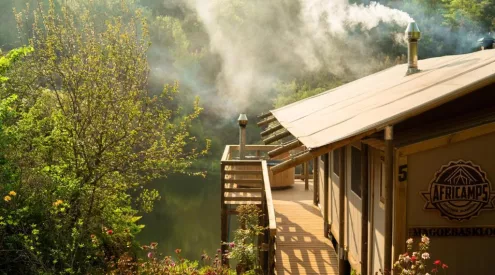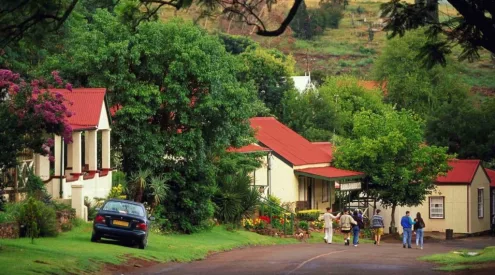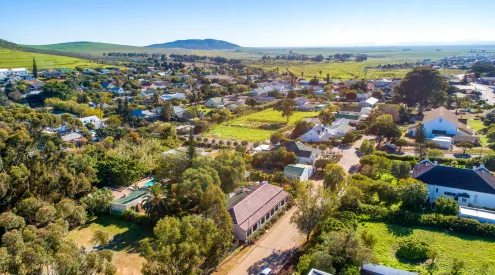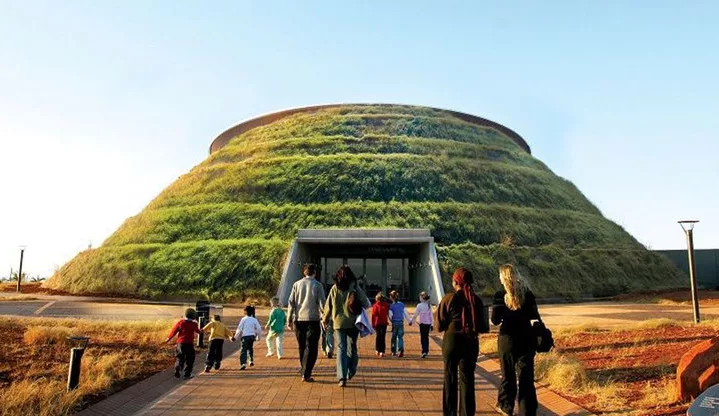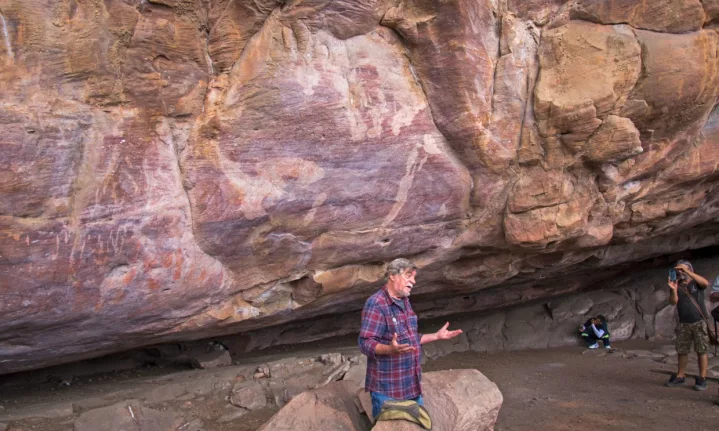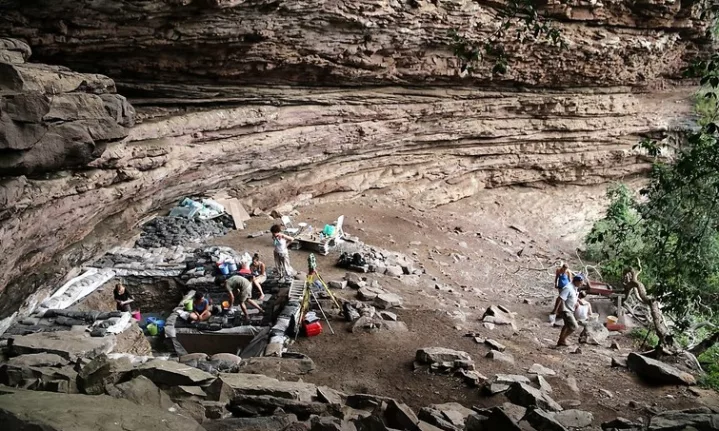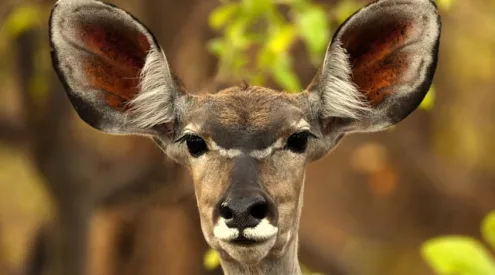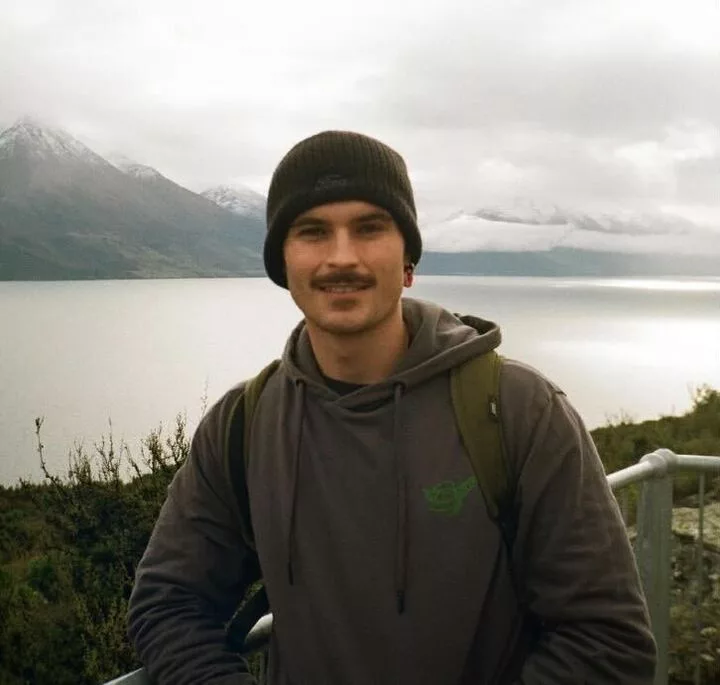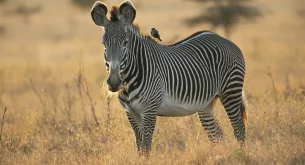South Africa is home to various cultural and natural wonders—some so extraordinary that they’ve earned a place on the prestigious UNESCO World Heritage list. These sites are recognised for their universal value, whether they represent milestones in human history, rare ecological treasures, or iconic cultural landmarks.
Since officially joining the UNESCO World Heritage Convention in 1997, South Africa has had twelve sites inscribed, each telling a unique story about the land and its people. In 2024, the list grew again with powerful new additions, and the nation now hosts twelve sites, each recognised for its outstanding universal value.
Last year, July 2024, UNESCO inscribed two new World Heritage Sites in South Africa, adding seven significant locations to the nation’s esteemed list. These sites underscore South Africa’s pivotal role in human evolution and commemorate its profound journey toward democracy.
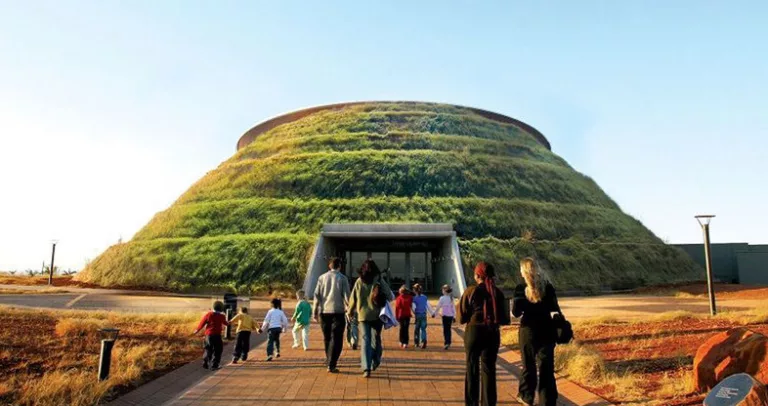
Picture/South Africa Online
The emergence of modern human behaviour: Pleistocene occupation sites
This serial nomination encompasses three archaeological sites that offer invaluable insights into the cognitive and cultural development of early Homo sapiens.
Diepkloof Rock Shelter (Western Cape)
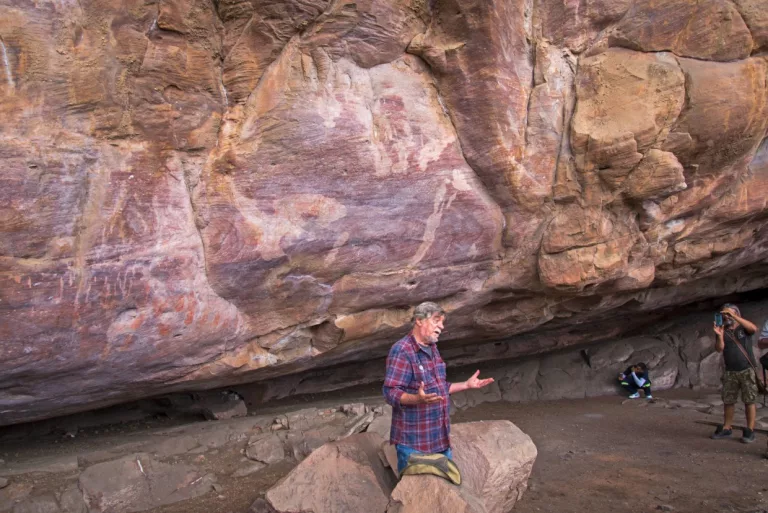
Picture/John Yeld/GroundUP
Located near Elands Bay, this site houses engraved ostrich eggshell fragments dating back approximately 60,000 years. These artifacts represent humans’ earliest symbolic expressions, indicating complex social behaviors and communication methods. Excavated for over 40 years, this site contains the most complete and continuous Middle Stone Age archaeological sequences in Southern Africa. It also contains rock art that dates back to San hunter-gatherers, Khoe pastoralists, and the colonial period.
Pinnacle Point Site Complex (Western Cape)
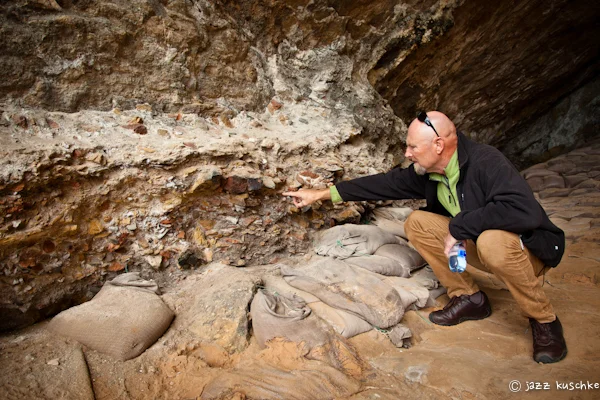
Picture/Jazz Kuschke
Situated near Mossel Bay, Pinnacle Point reveals evidence of early human existence and the use of marine resources and pigment, dating from 170,000 to 40,000 years ago. Such discoveries at Cave 13B (PP13B and Cave 5-6 (PP5 -6) include the earliest known use of heat-treated stone tools and symbolic behaviour. This short, rugged stretch of the South African coastline is not only outstanding, but it is home to some of the most incredible archaeological discoveries made regarding the origin of humankind alive on earth today.
ALSO READ: A Darling Little Village
Sibudu/Sibhudu Cave (KwaZulu-Natal)
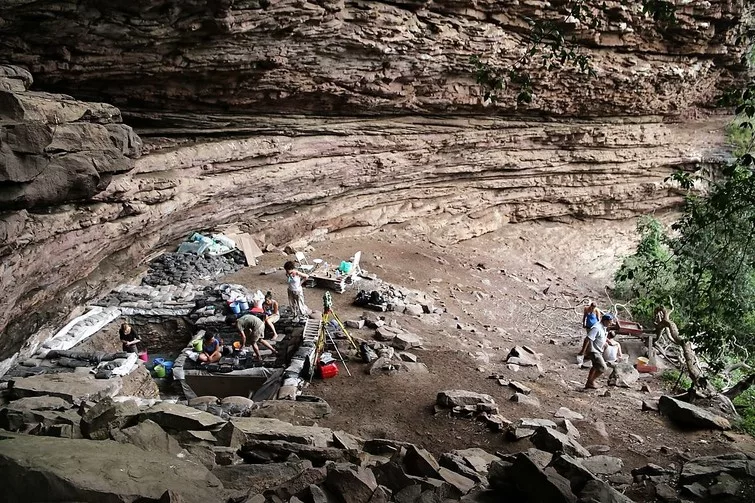
Picture/Coast KZN
Near KwaDukuza, Sibudu Cave offers incredible insight into early human cognition and behaviour through well-preserved archaeological deposits. The findings include advanced tool-making techniques and the early use of bedding materials that reflect sophisticated habitation practices.
This cave is also considered one of the most important archeological sites in South Africa, which in return, received international recognition as a cornerstone for understanding the behavioural origins of modern humans and how they came to be. The area is also significant because it shows some of the earliest examples of human technology possessing what is believed to be a large collection of well-dated Middle Stone Age deposits, and it also boasts the longest record of occupation between 77000 and 35000 years during the Middle Stone Age.
Human rights, liberation, and reconciliation: Nelson Mandela legacy sites
This serial nomination comprises 14 sites across South Africa, each integral to the nation’s struggle against apartheid and its journey toward democracy. Key locations include:
- Union Buildings (Pretoria): Site of Nelson Mandela’s presidential inauguration.
- Constitution Hill (Johannesburg): The former prison complex now houses the Constitutional Court.
- Liliesleaf Farm (Rivonia): Secret meeting place for anti-apartheid activists.
- Sharpeville (Gauteng): Memorial for the 1960 massacre during a peaceful protest.
- Walter Sisulu Square (Soweto): Site where the Freedom Charter was adopted in 1955.
- University of Fort Hare and ZK Mathews House (Eastern Cape): This institution is pivotal in educating African leaders.
- Mqhekezweni (Eastern Cape): Village where Mandela spent part of his youth.
- Waaihoek (Bloemfontein): Birthplace of the African National Congress.
- Ohlange Institute (KwaZulu-Natal): Founded by John Dube, the first ANC president.
These sites underscore South Africa’s pivotal role in the narrative of human evolution and the global struggle for human rights. They offer invaluable opportunities for education, tourism, and cultural enrichment.
Follow us on social media for more travel news, inspiration, and guides. You can also tag us to be featured.
TikTok | Instagram | Facebook | Twitter
ALSO READ: Restaurants to visit in Mpumalanga



